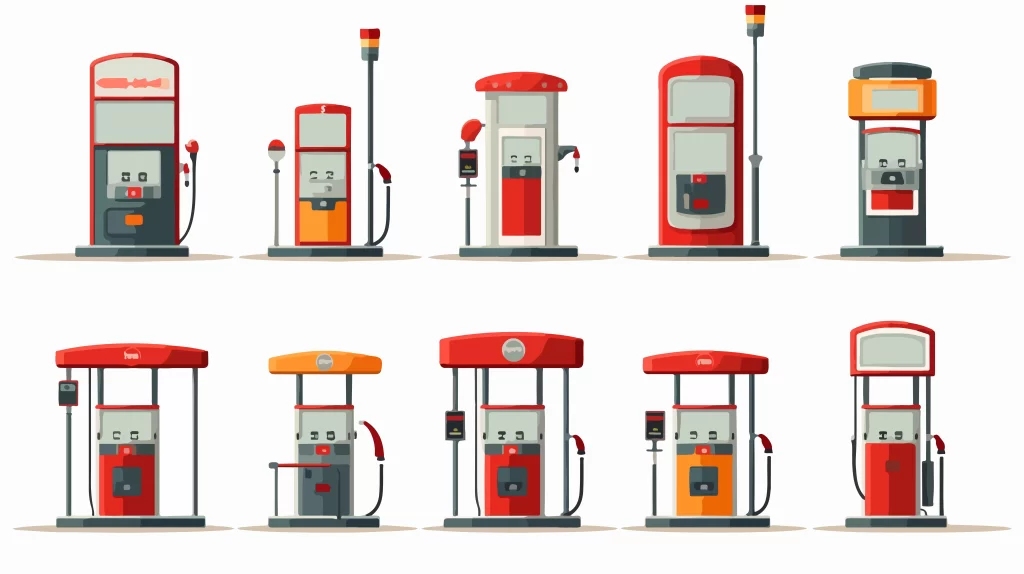Upgrading fuel dispensers is essential when they show frequent breakdowns, inaccurate metering, or outdated payment systems. New models enhance efficiency, compliance, and future-proofing capabilities. Fuel dispensers endure punishing conditions and thousands of use cycles during their service life. At a certain point, maintenance costs and lost revenue from downtime make replacement the wise option. Here […]

Upgrading fuel dispensers is essential when they show frequent breakdowns, inaccurate metering, or outdated payment systems. New models enhance efficiency, compliance, and future-proofing capabilities.
Fuel dispensers endure punishing conditions and thousands of use cycles during their service life. At a certain point, maintenance costs and lost revenue from downtime make replacement the wise option. Here are key signs indicating your current gas pumps are due for retirement.
Once fuel dispensers approach 10-15 years old, wear and tear take a toll. Breakdowns requiring expensive repairs interrupt operations and frustrate customers.
If your aging dispensers need frequent maintenance calls to address leaky gaskets, tripped breakers, stuck valves, cracked hoses, and fault codes, upgrading starts to make economic sense. Newer models feature improved components engineered for longevity.
Gasoline dispensers gradually lose accuracy as internal parts wear down over time. This causes the dispenser to deliver less fuel than customers pay for, forcing the station to absorb losses.
Meters certified annually may still meter inaccurately as tolerance stacks up between certifications. Old and inherently inaccurate dispensers make revenue slip away.
Many older model dispensers lack convenient access ports and diagnostics to calibrate, adjust, and service internal components. This complicates preventing meter drift and other subtle issues.
Upgraded dispensers feature dedicated calibration ports, programmable logic controls, and detailed self-diagnostics to simplify maintenance and fine-tuning.
Does your pump only accept cash and mag stripe credit cards? Today’s customers expect tap-and-pay digital wallet compatibility. The latest dispensers integrate advanced multilayer security and encryption to safely process mobile payments.
Video display screens create opportunities for advertising revenue and promoting in-store offers to customers fueling up. Retrofitting old models is difficult versus choosing new gas dispensers with built-in large LCD screens.
As environmental and safety regulations tighten, older dispensers struggle to meet requirements like new carbon canister emission controls and alternative fuel handling compliance. New “pay-at-pump” mandates also stress outdated designs.
Rather than sinking money into heavily modifying and recertifying outdated equipment of unknown reliability, investing in fully compliant modern replacements often makes more business sense.
New dispensers can be equipped with adaptable forecourt controllers and software integration to take advantage of emerging technologies like mobile payments, fleet fueling networks, cloud-based site monitoring, and predictive maintenance.
Older pumps become a limiting factor for upgrading capabilities. New components integrate smoothly into modern dispenser designs. The latest options future-proof operations.
By proactively budgeting dispenser upgrades on a 15-20 year replacement cycle, stations maximize uptime, accuracy, and capabilities while positioning themselves to capitalize on new innovations. Partnering with an industry leader like Aocheng ensures access to the latest fueling technology engineered to endure and adapt over decades of reliable service. Their expertise fuels the future.
Resources:




